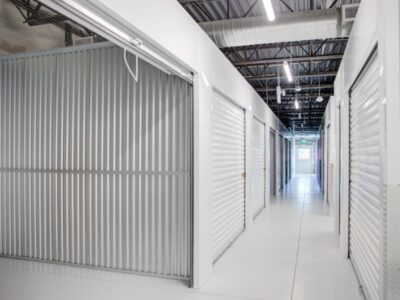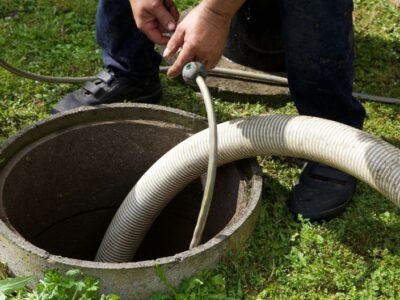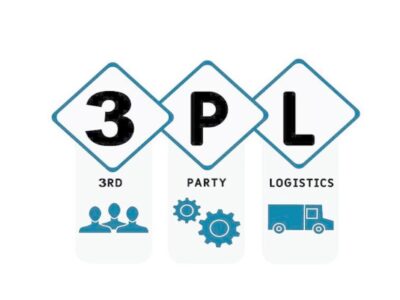Workplace health and safety procedures are essential for minimising workplace injuries and improving employee wellbeing.
Employers are legally responsible for ensuring their workplace is safe and that all staff members are trained in safety procedures.
Every workplace is unique and will require different health and safety procedures to be in place. It’s important to develop procedures specific to the tasks at your workplace, and to regularly revise them to ensure they are up to date.
Use the checklist below to help you get started creating or revising safety procedures for your workplace.
First aid
All workplaces should be equipped with relevant first aid equipment according to the specific risks faced.
First aid kits should be clearly labelled with a green cross and be easily accessible to all workers.
You should assign a staff member to be responsible for making sure the first aid kit is fully stocked at all times.
Workplace first aid kits should contain the following items (depending on the specific risks faced):
- Range of wound dressings
- Eye dressings
- Bandages
- Burn gel
- Tourniquet
- Powder free disposable gloves
- Antiseptic swabs
- Icepack
- Scissors
- Safety pins
- Splinter forceps
- Basic first aid instructions
Many workplaces also require an automated external defibrillator (AED), especially if workers are exposed to electrical wires and machinery.
Remote workplaces, such as farms, should also have a snake bite kit and allergic reaction equipment on hand.
Fire safety
All workplaces should have a fire emergency procedure in place which outlines what to do if a fire breaks out in the premises.
In addition, you should assess your workplace for the following:
- Are all fire and smoke alarms in working order?
- Are all fire doors free from obstructions?
- Are the appropriate fire extinguishers in working order and accessible?
- Are exit signs displayed clearly?
- Are all staff members properly trained in emergency procedures?
- Are the appropriate storage systems in place for flammable products?
- Are electrical components and equipment in good working order?
Electricity
Minimise the risk of electrical injuries and fires by ensuring:
- All electrical wires, switches and sockets are in good condition.
- Leads and powerboards are checked and marked as safe.
- The location of underground wires is checked before digging.
- There are no leads running across walkways.
- Only non conductive ladders are used near power lines.
Hazardous chemicals
There should be clear procedures in place surrounding how you store and handle hazardous substances in the workplace.
Guidelines for handling hazardous substances include:
- All chemicals used should have safety data sheets (SDS) that are easily accessible for workers.
- The risk of leakage, spillage and exposure to chemicals should be minimised.
- The workplace should have adequate ventilation.
- All chemicals should be stored in the correct way to minimise safety risks.
- The appropriate personal protective equipment should be supplied to workers.
- The health condition of the workplace should be monitored.
- Correct disposal procedures should be in place.
Lifting, carrying and moving around
Any work task that involves lifting, carrying or moving around should be broken down into specific steps and each step should be assessed for health and safety risks.
Ways to improve health and safety for manual tasks include:
- Minimising the duration of a physical task
- Reducing the number of times the task has to be performed
- Improving posture while performing the task
- Ensuring objects are easy to grasp
- Providing mechanical aids where possible
- Making sure there is enough room for safe movement
- Providing training on how to safely perform tasks
Using machinery and equipment
A large proportion of workplace injuries occur when using machinery, equipment and tools.
To improve safety when using machinery and equipment in the workplace:
- The correct equipment should be used for each task
- Equipment should be maintained properly
- Operators should hold current licenses
- Faulty equipment should be replaced immediately
- Repairs should be done by qualified personnel
Mental health
Mental health in the workplace is often overlooked in health and safety procedures, but it is an important part of your employees’ wellbeing.
Practices for better mental health in the workplace include:
- Encouraging an open, safe workspace where employees can share about their work related stress.
- Giving employees an opportunity to share their opinion about the way things are done in the workplace.
- Ensuring the workplace is fair and supportive.
- Training staff on how to behave appropriately.
- Providing opportunities to report inappropriate behaviour.
- Giving positive feedback and affirmation.
- Offering confidential counselling services for struggling employees.
Workplace health and safety training
Business owners are responsible for ensuring that safety procedures are effectively communicated to all workers.
Effective health and safety training reduces the risk of workplace injury.
Things to keep in mind about workplace safety training include:
- Everyone learns differently – provide information in a range of mediums such as written handouts, instructional videos and in-person sessions.
- Every new employee should be trained in health and safety procedures.
- Consult your team – people are more likely to respond positively to safety procedures when they have been involved in developing them.
- If circumstances change in the workplace, employees need to be retrained accordingly.
Reporting workplace health and safety issues
All employees should know how to report workplace health and safety issues and these should be documented properly.
It is important that employees feel comfortable to discuss health and safety matters that affect their working conditions.
Issues should be examined carefully so that solutions can be put in place to improve the health and safety conditions.
All incidents should be recorded. Following the incident, you should follow up and revise your safety procedures to reduce the risk of further incidents.
It is a good idea to seek professional advice about health and safety pertaining to your specific workplace, as every workplace has unique challenges and needs.











Comments